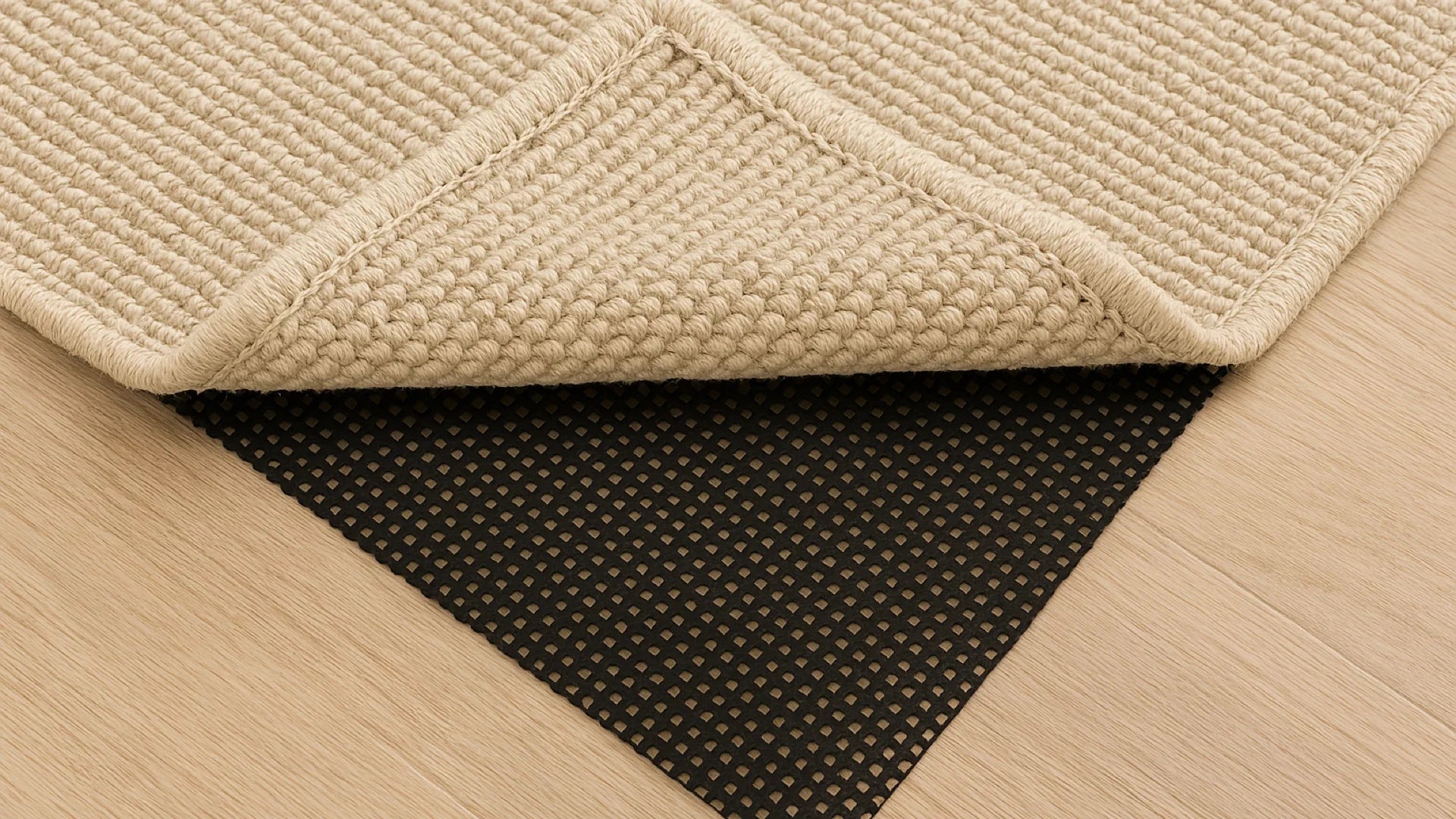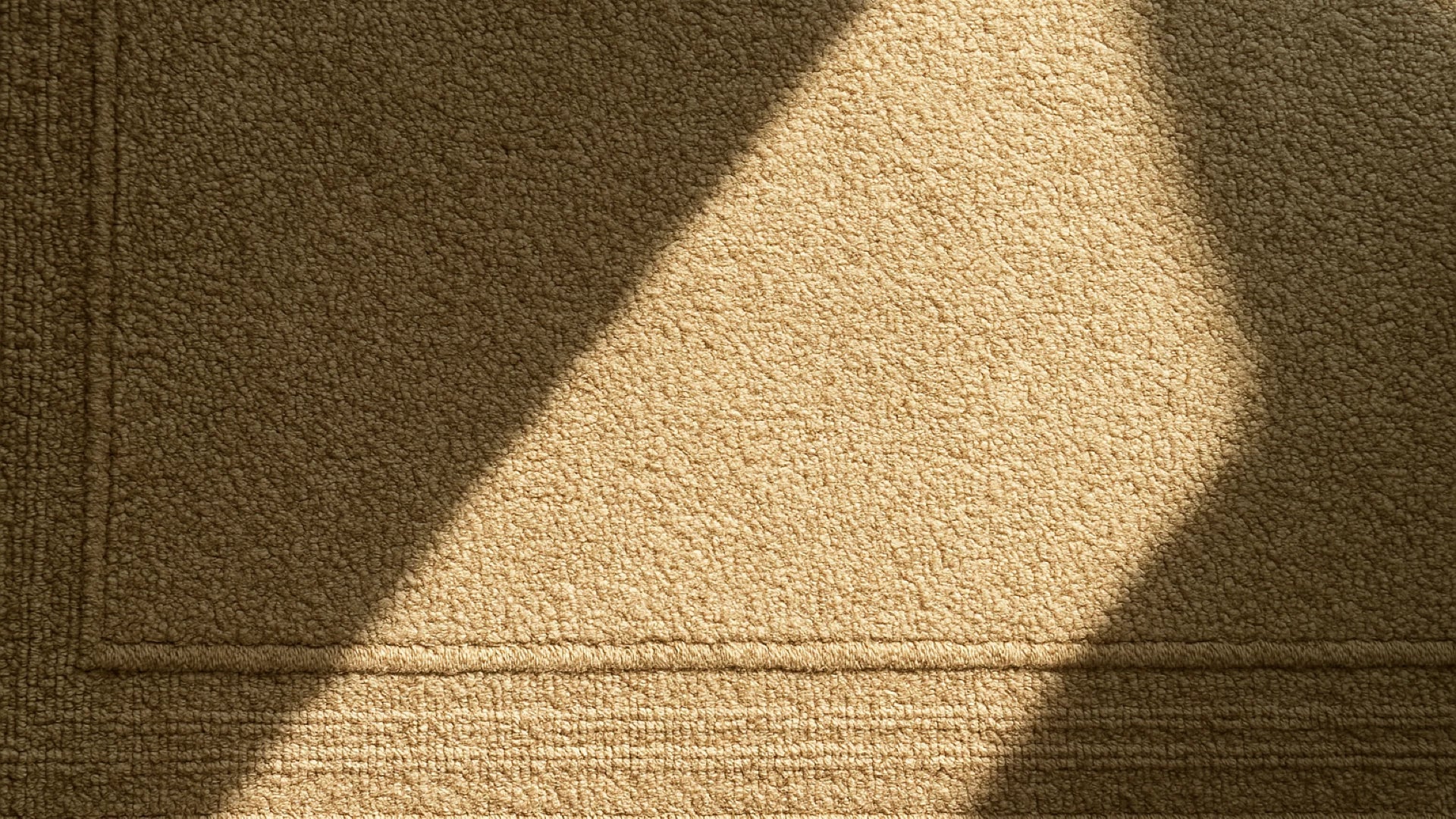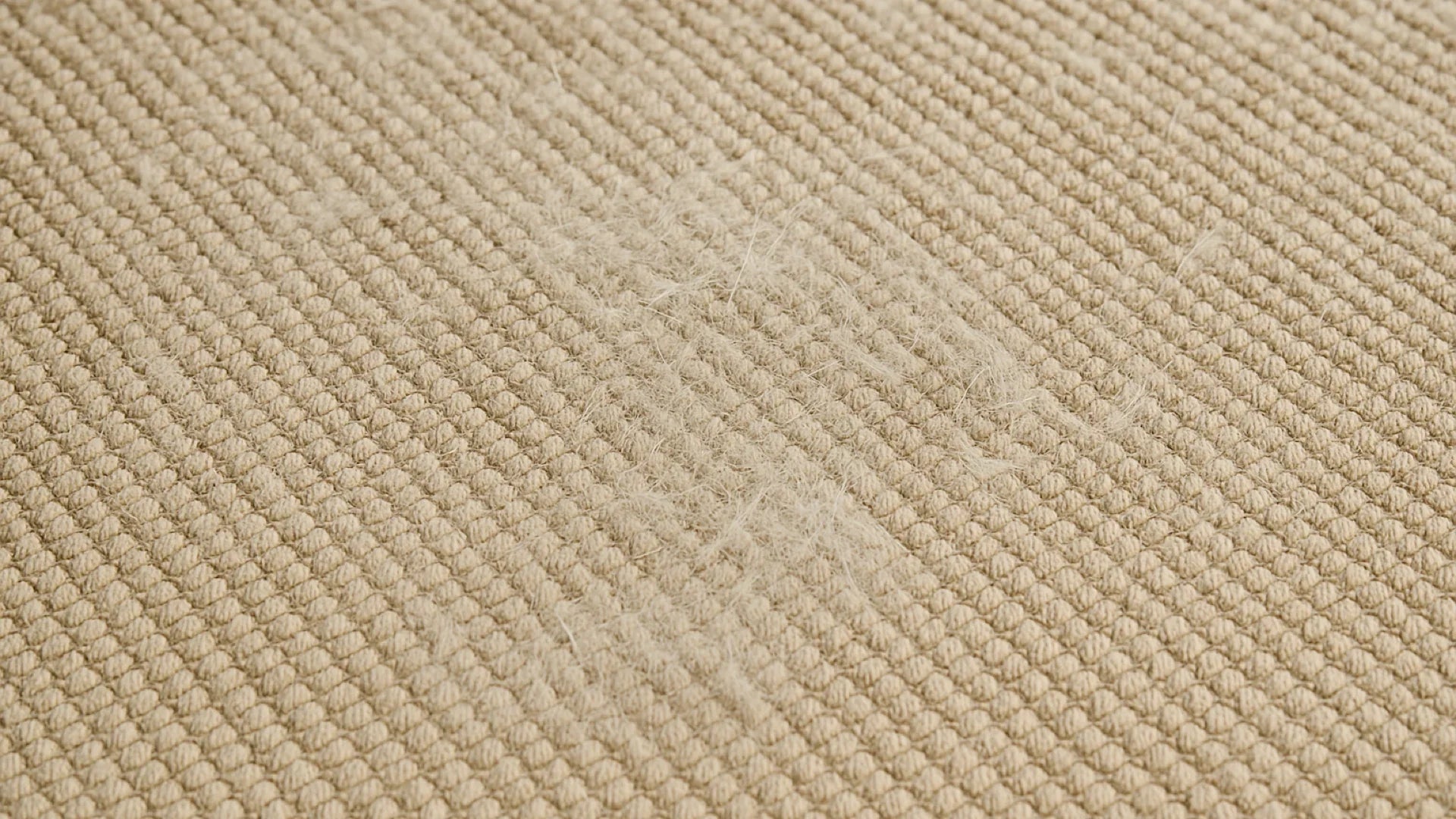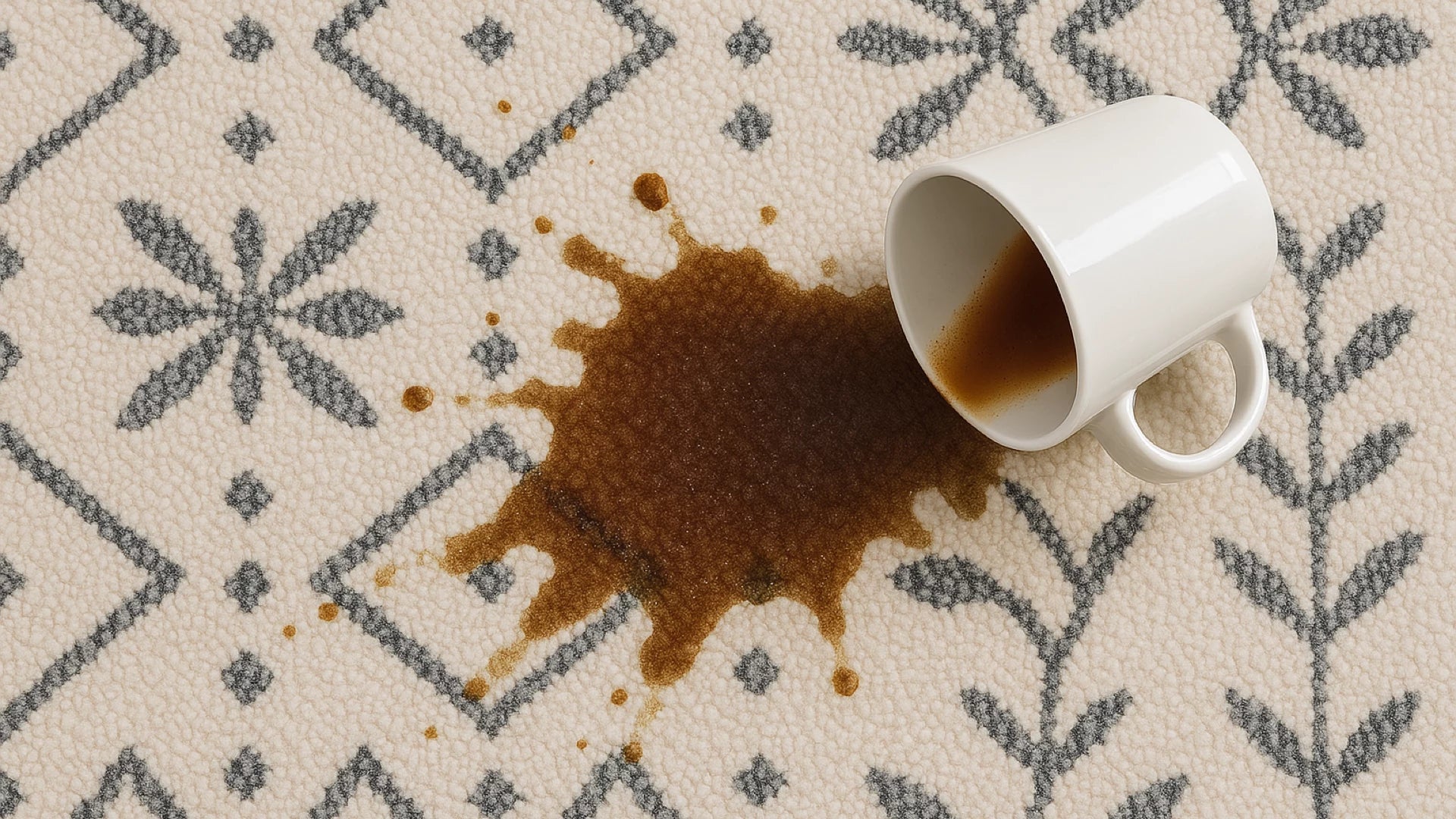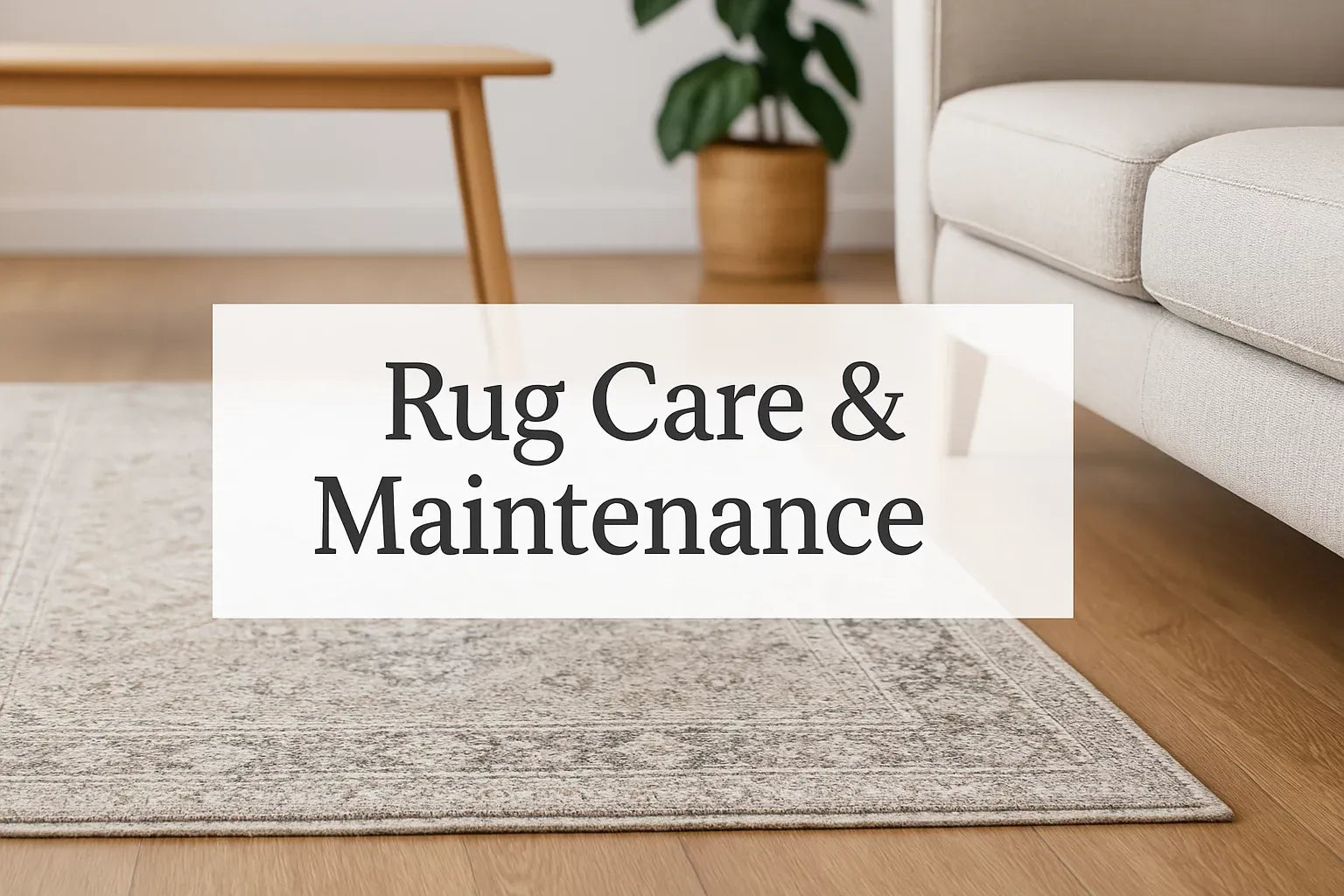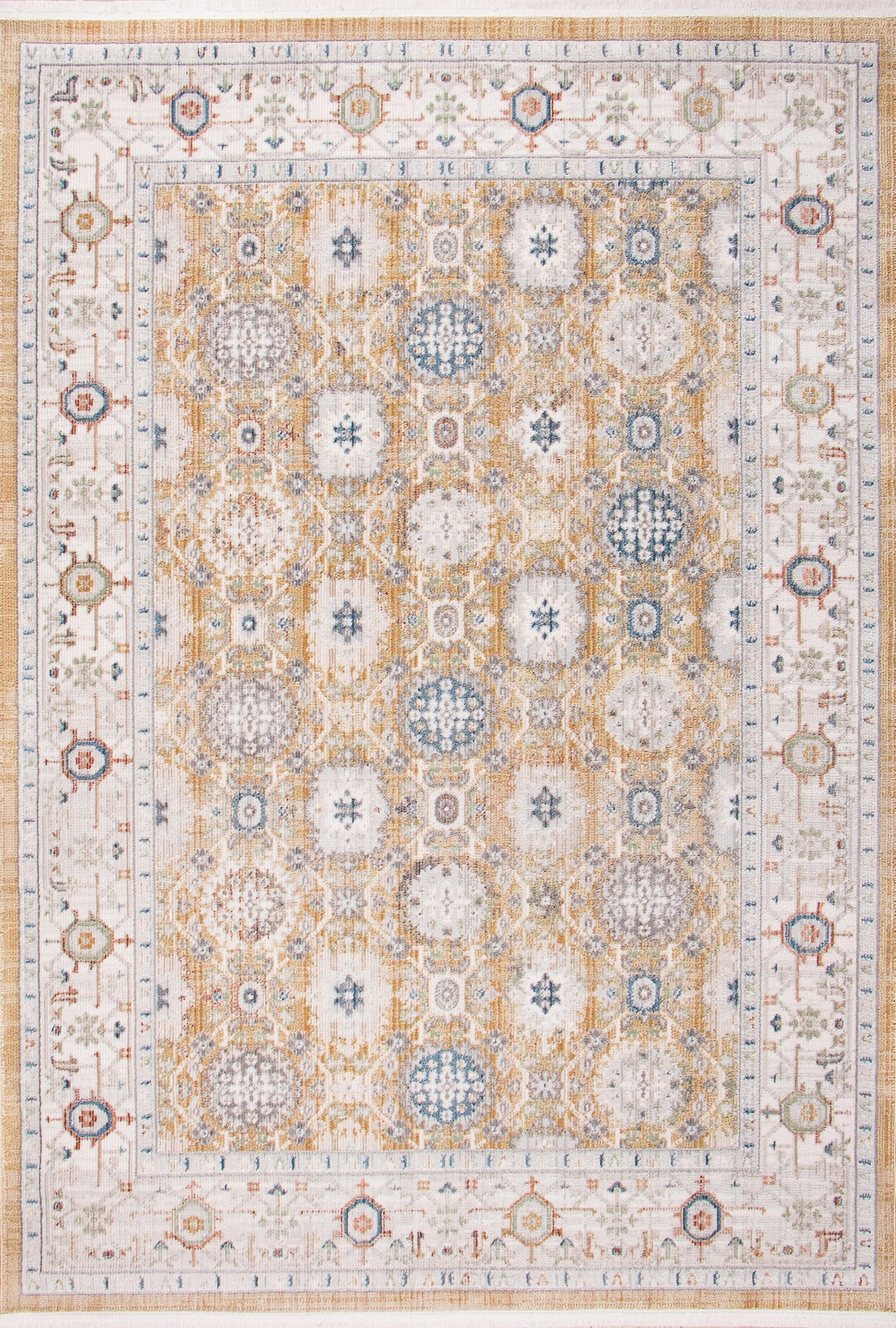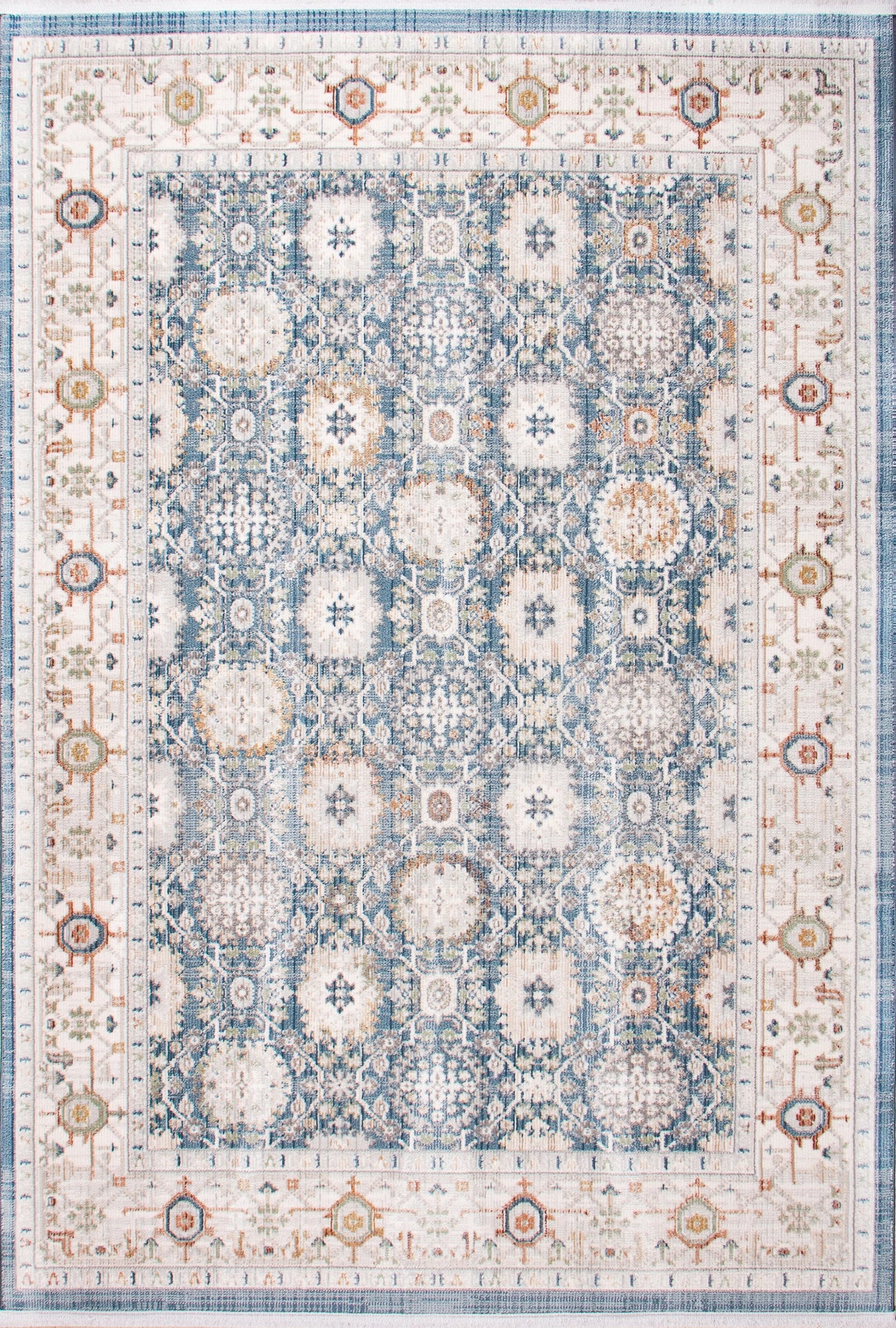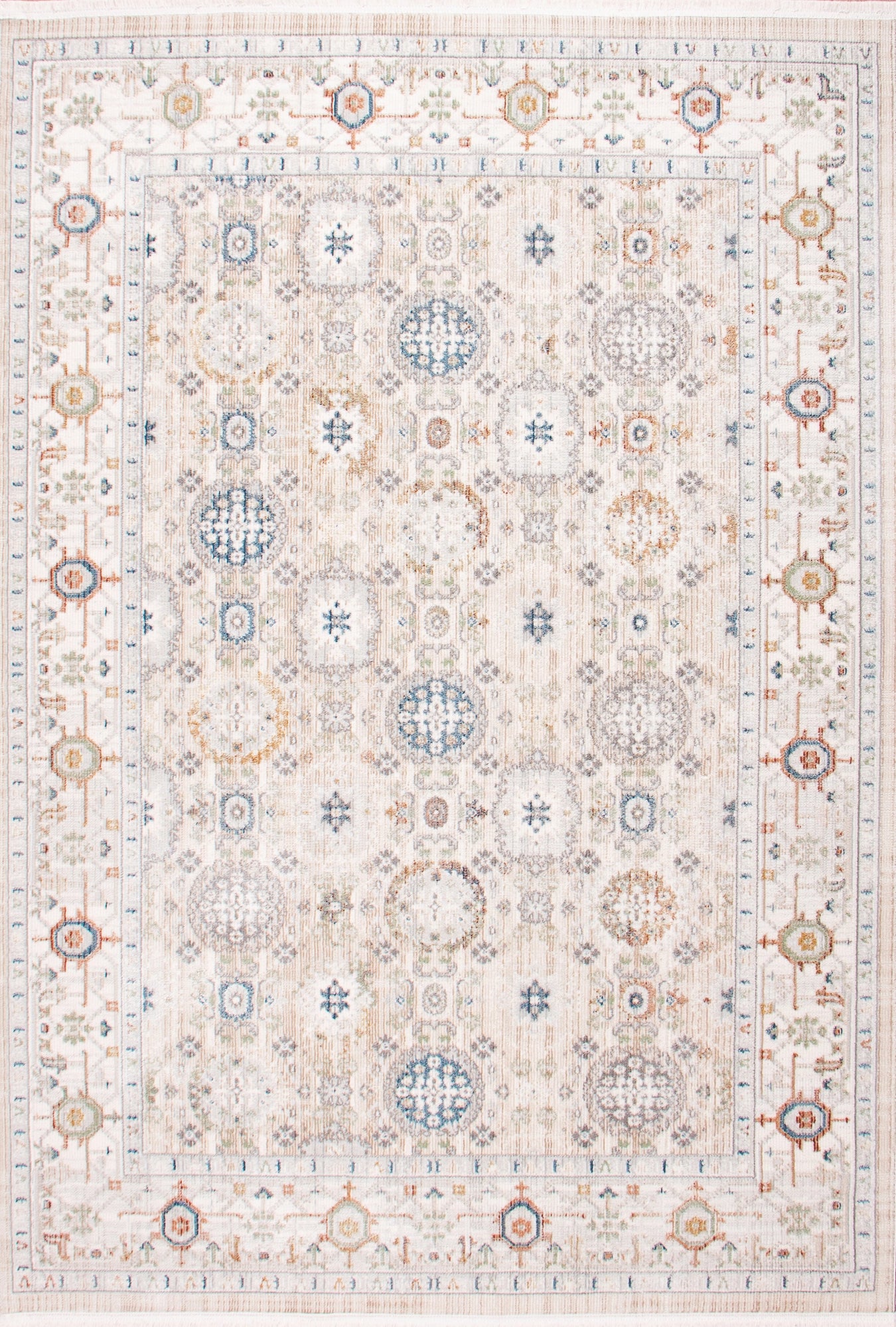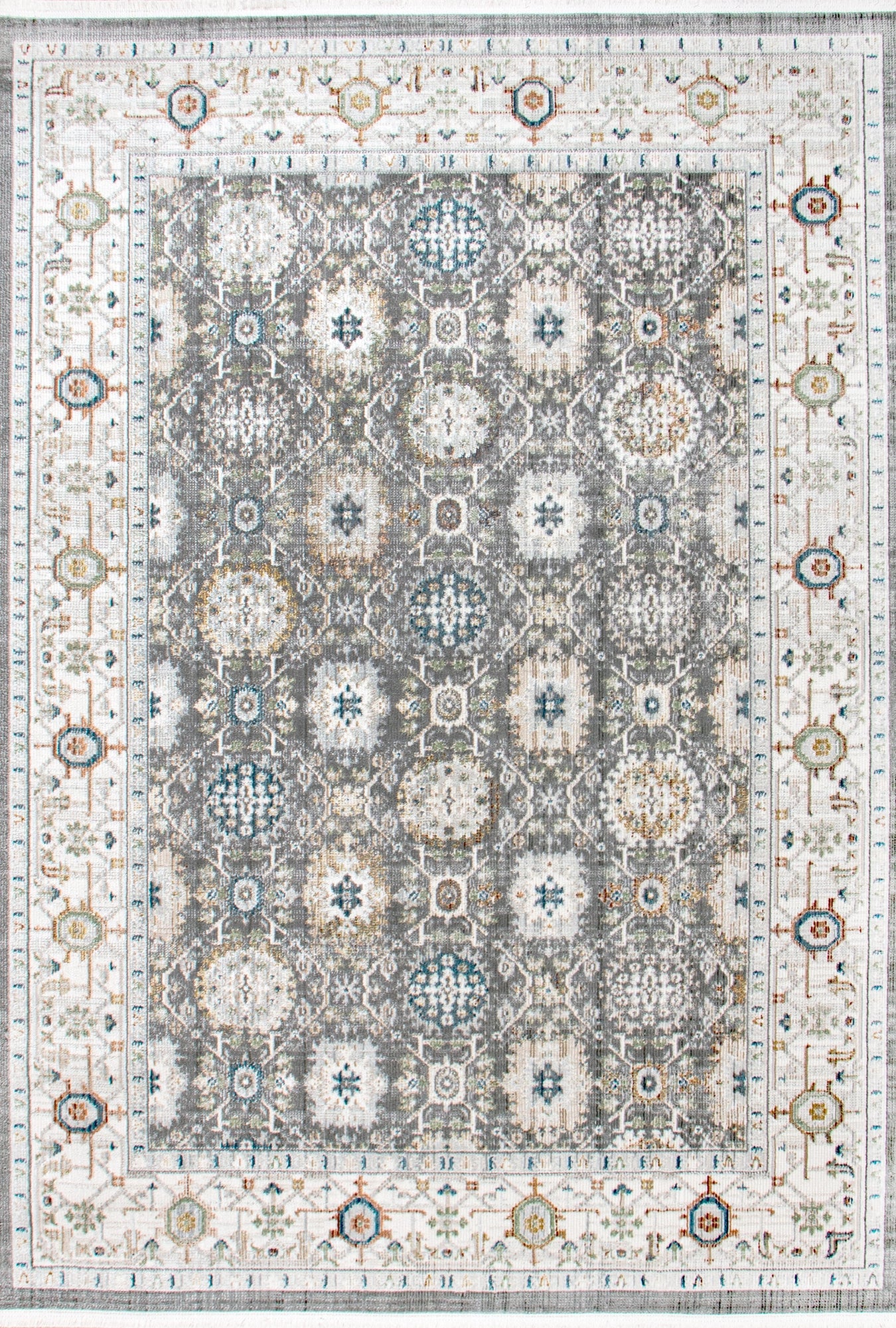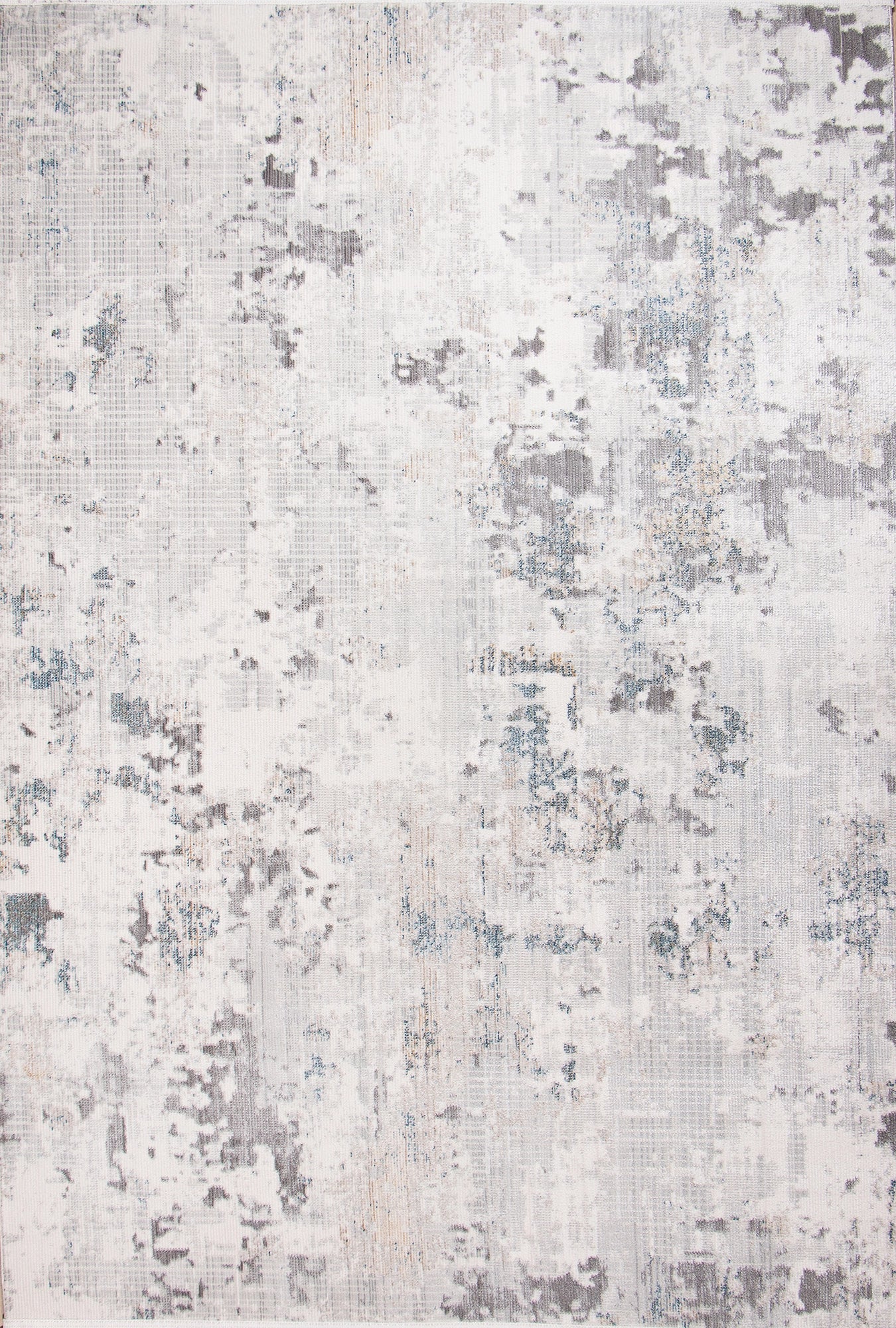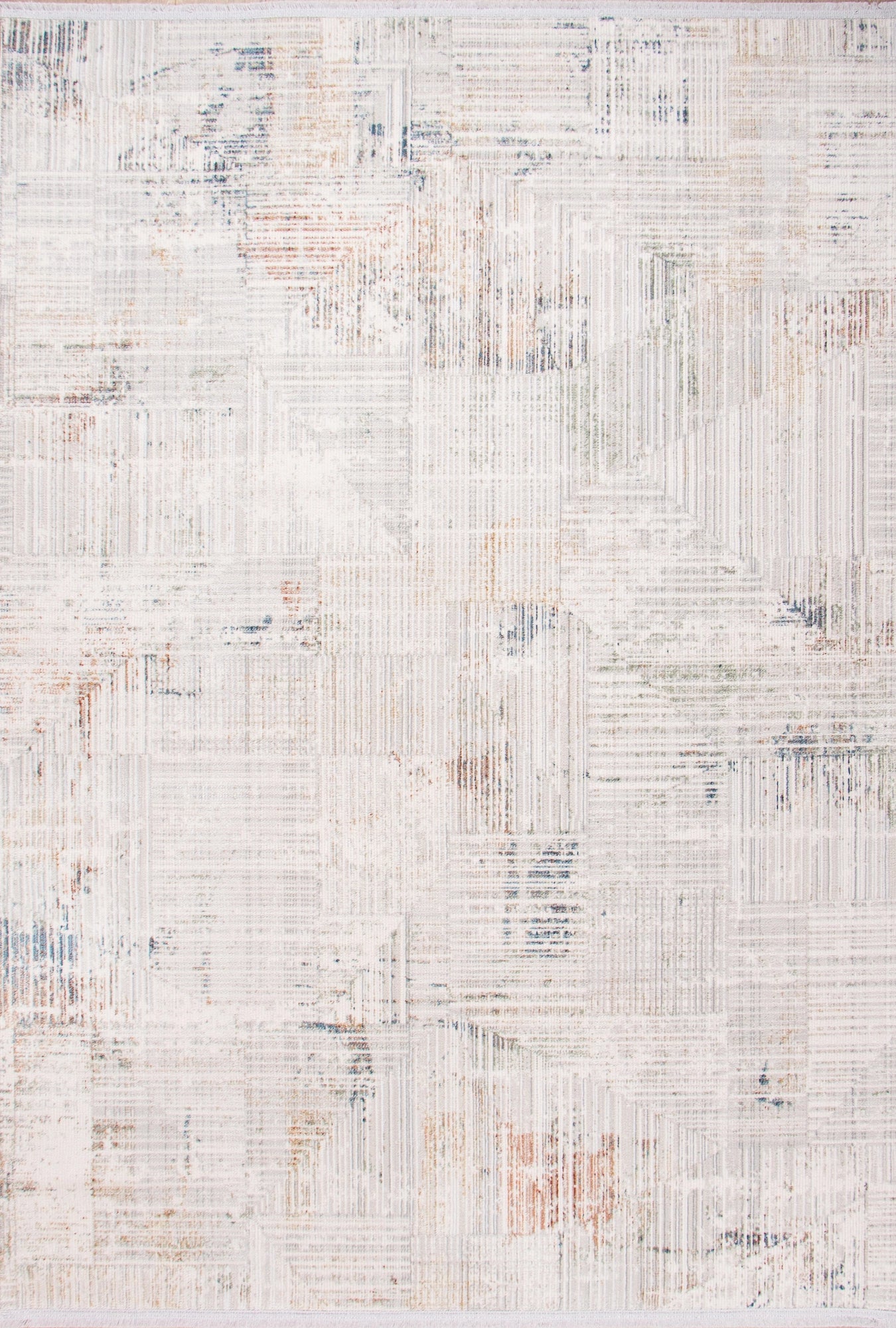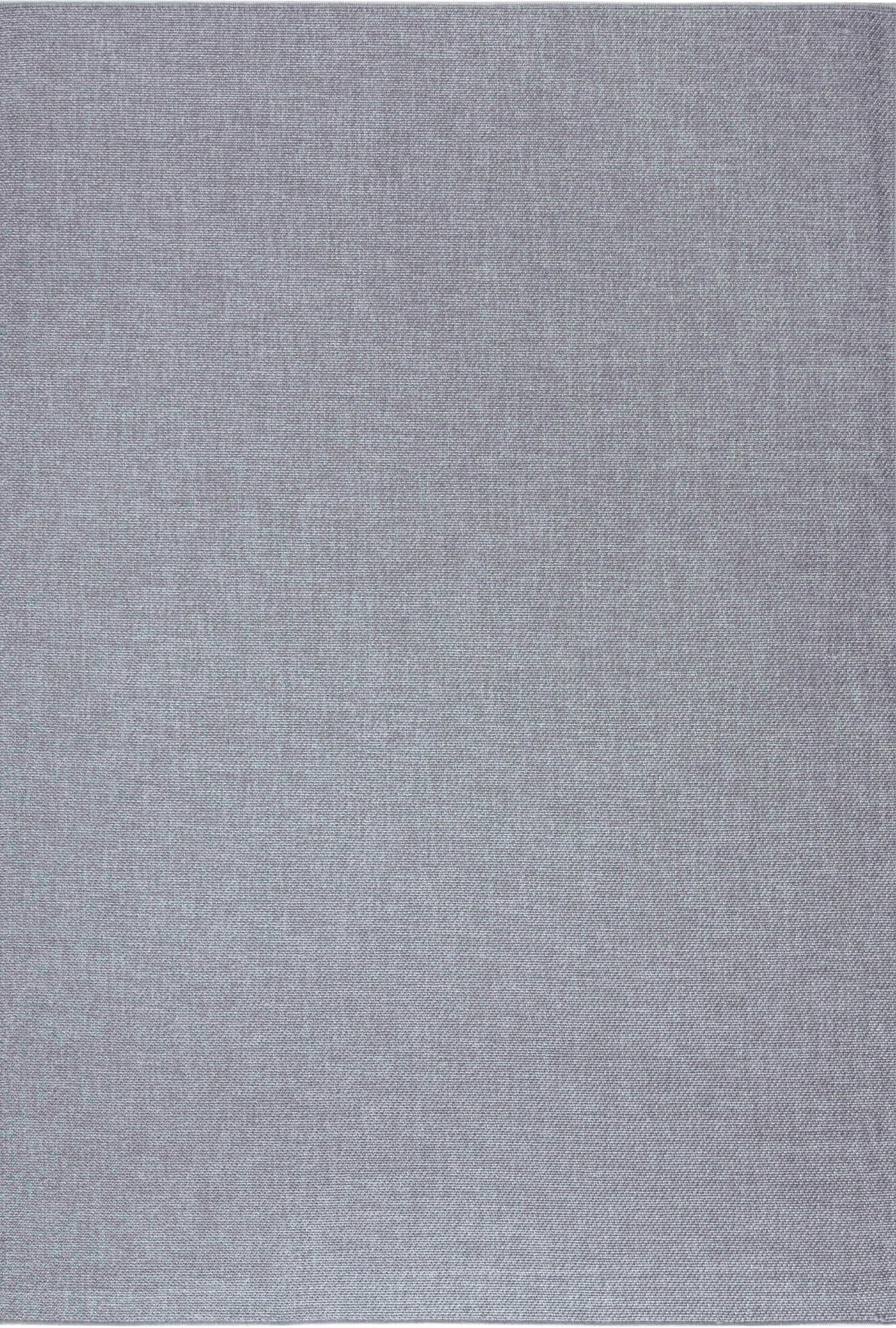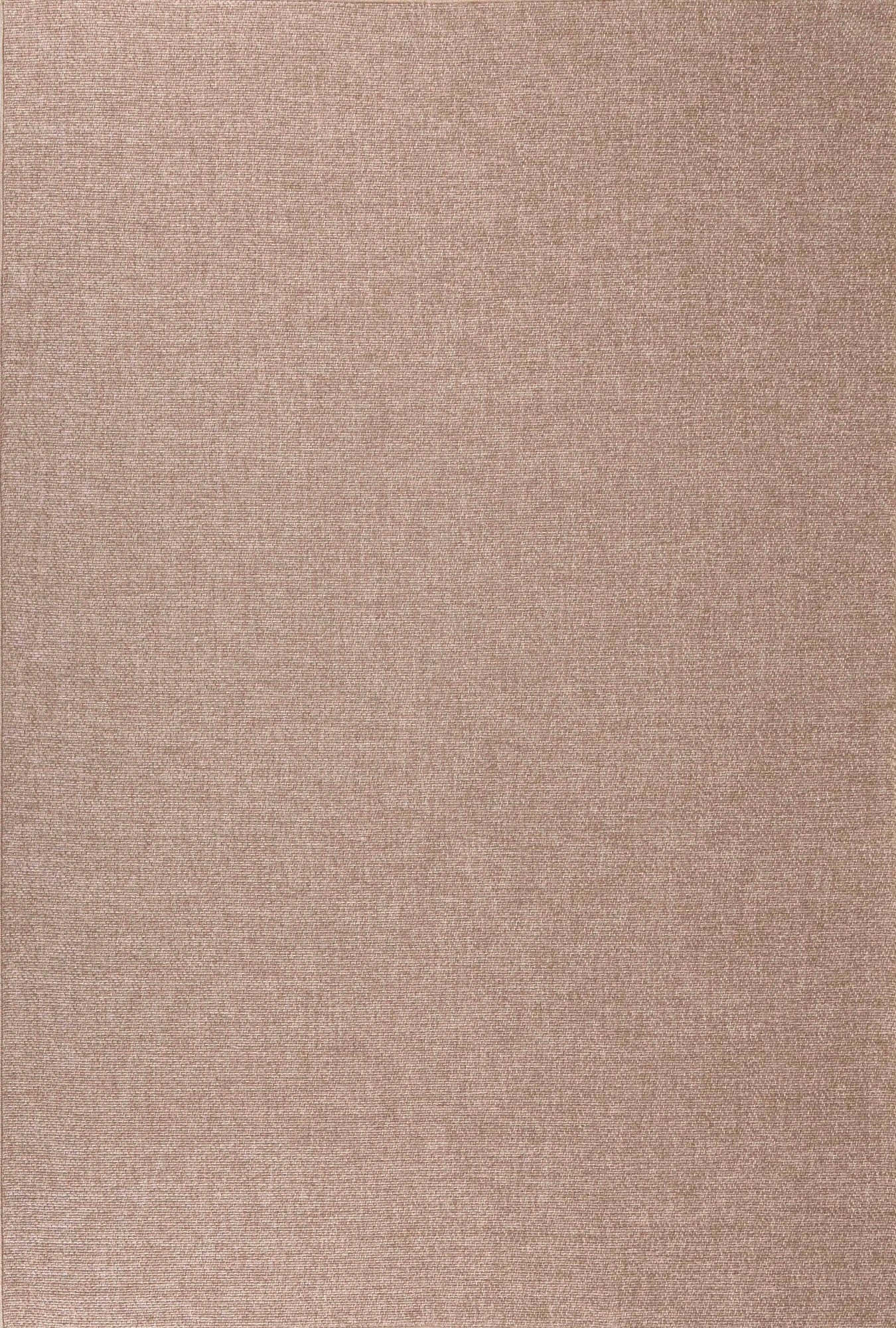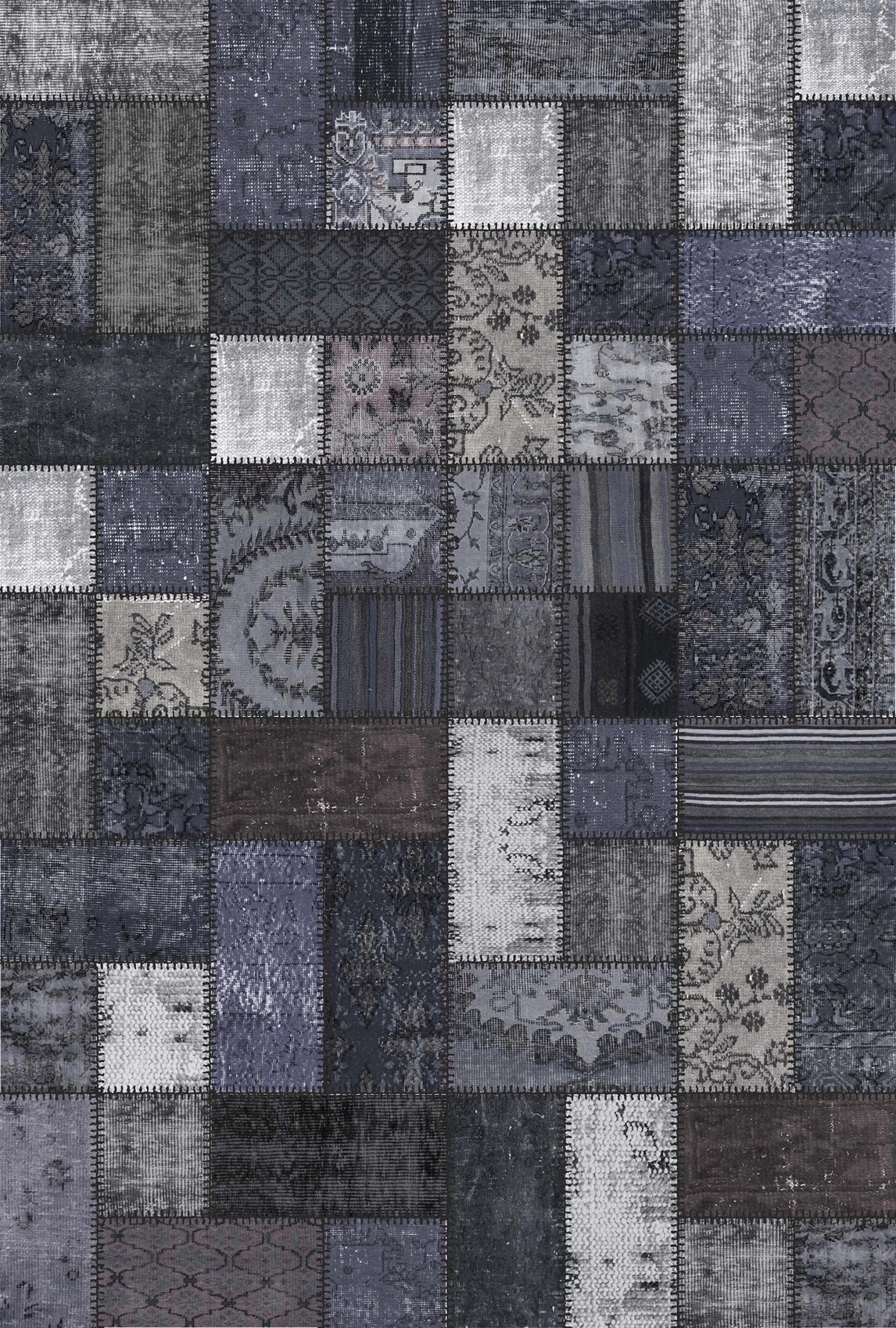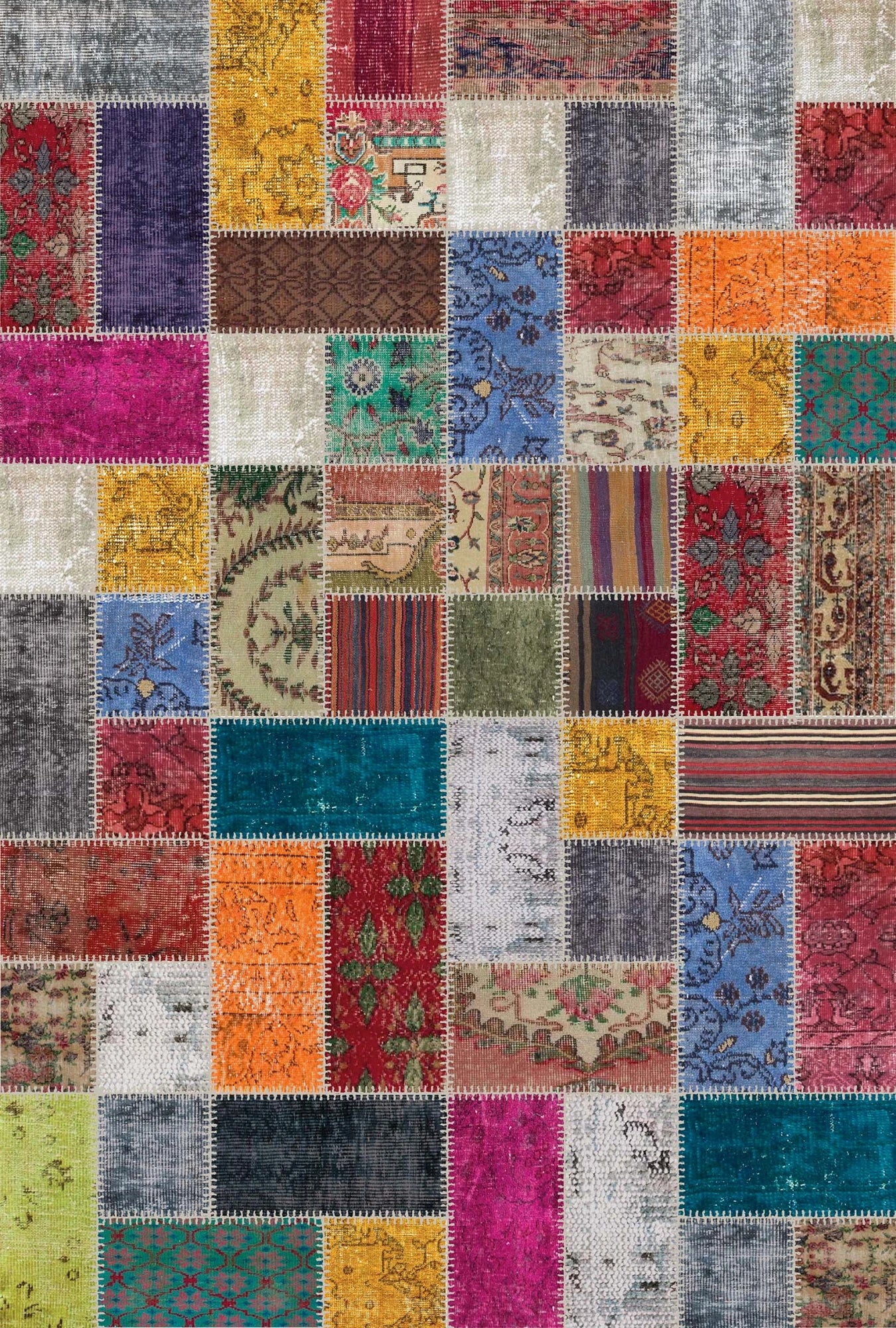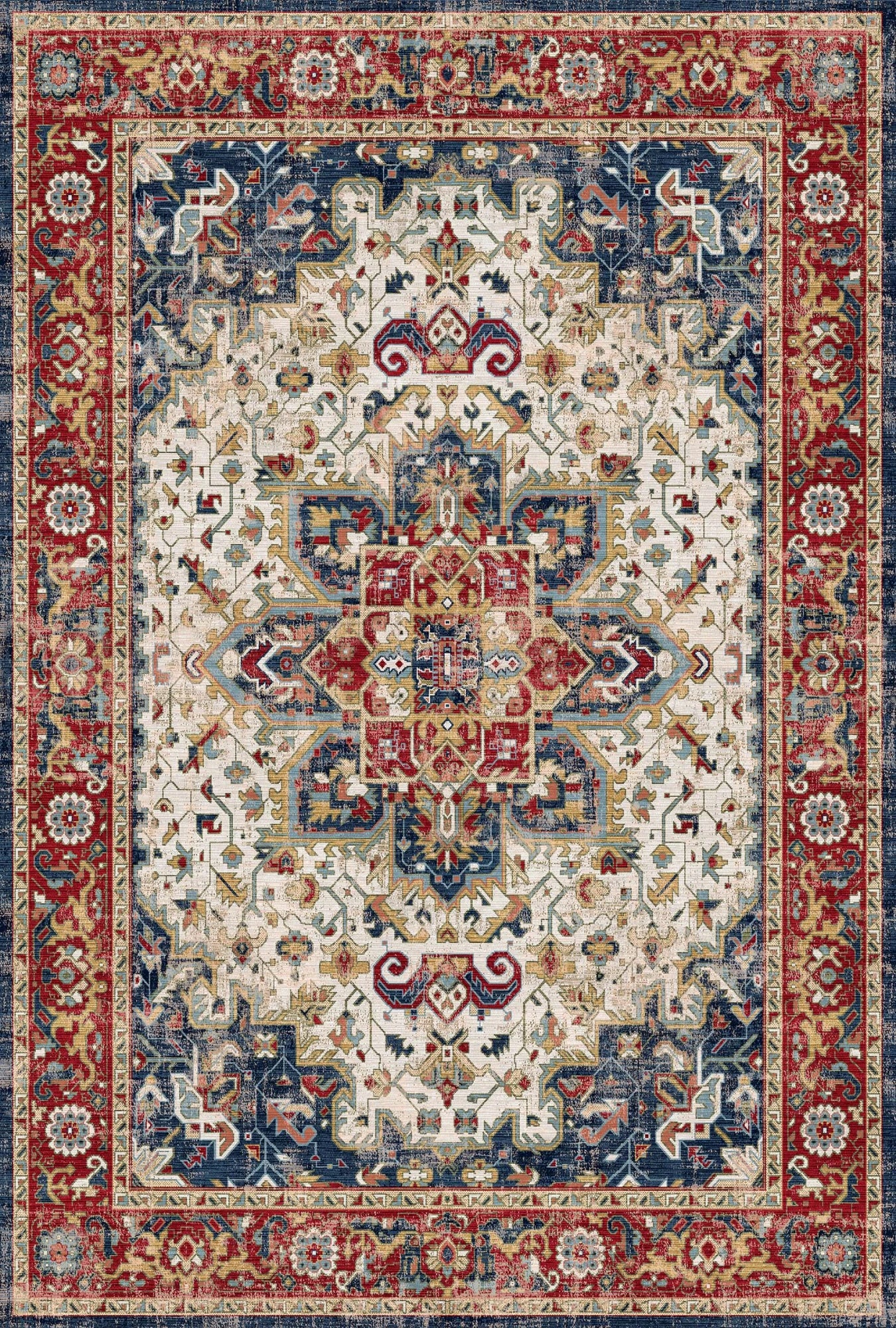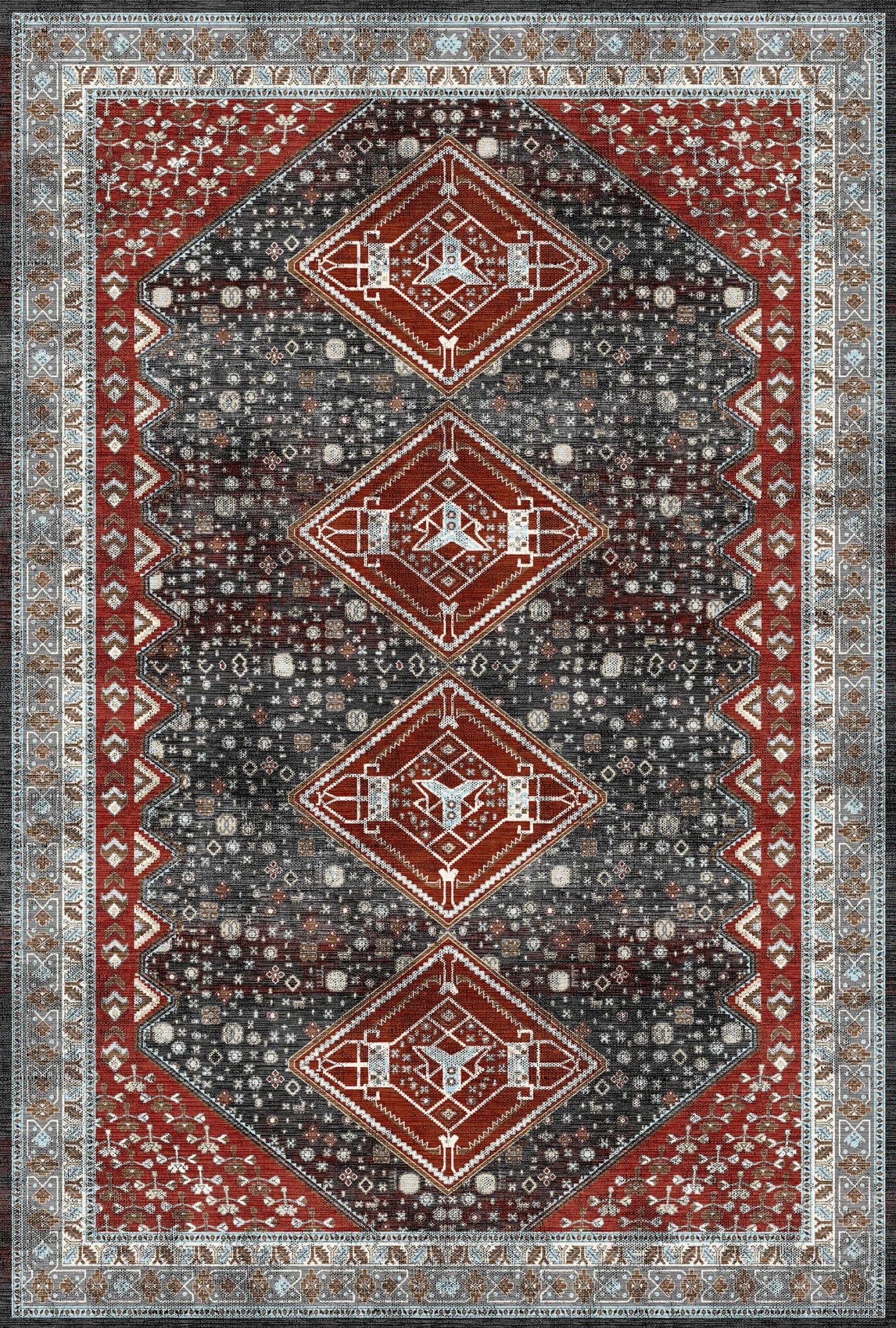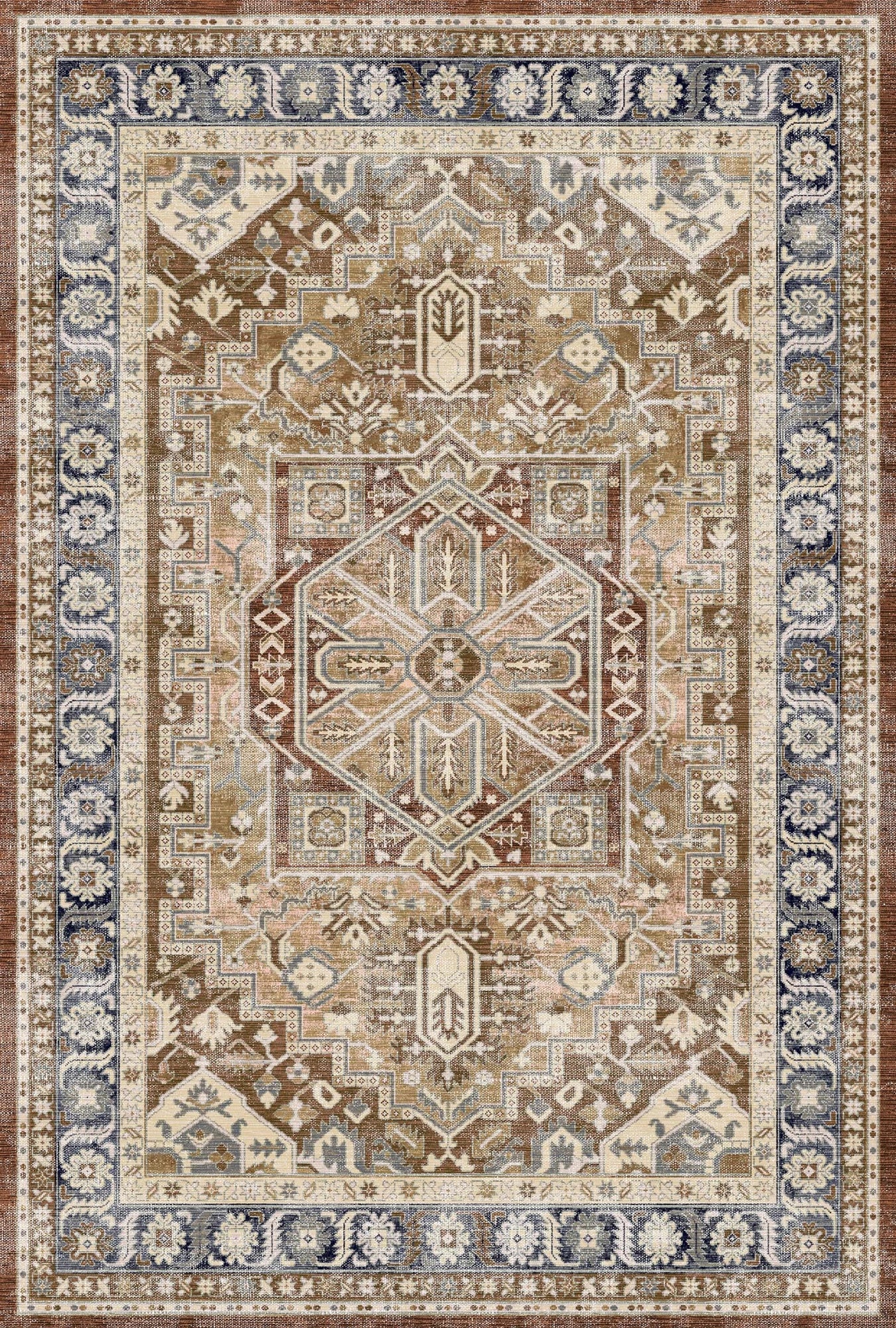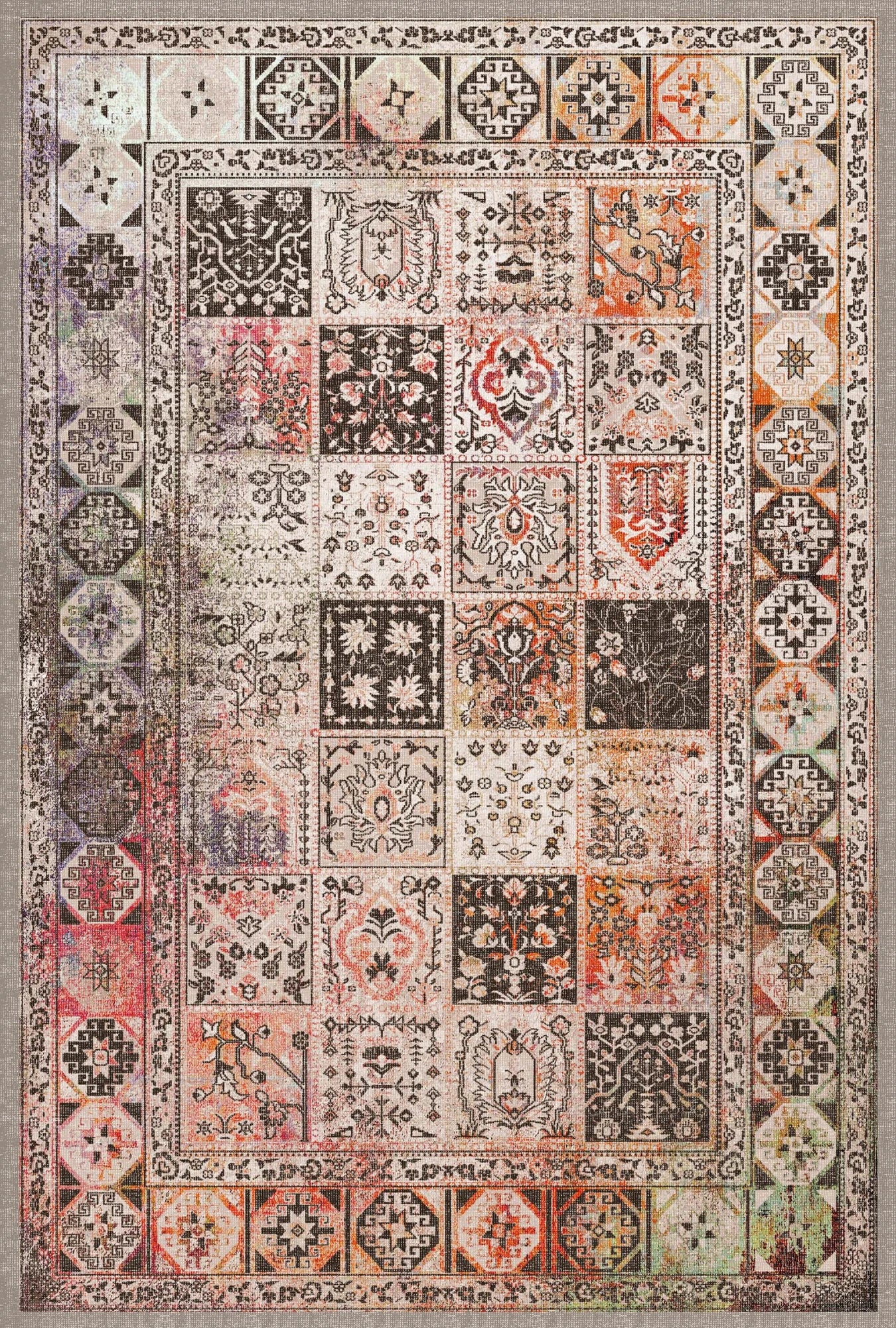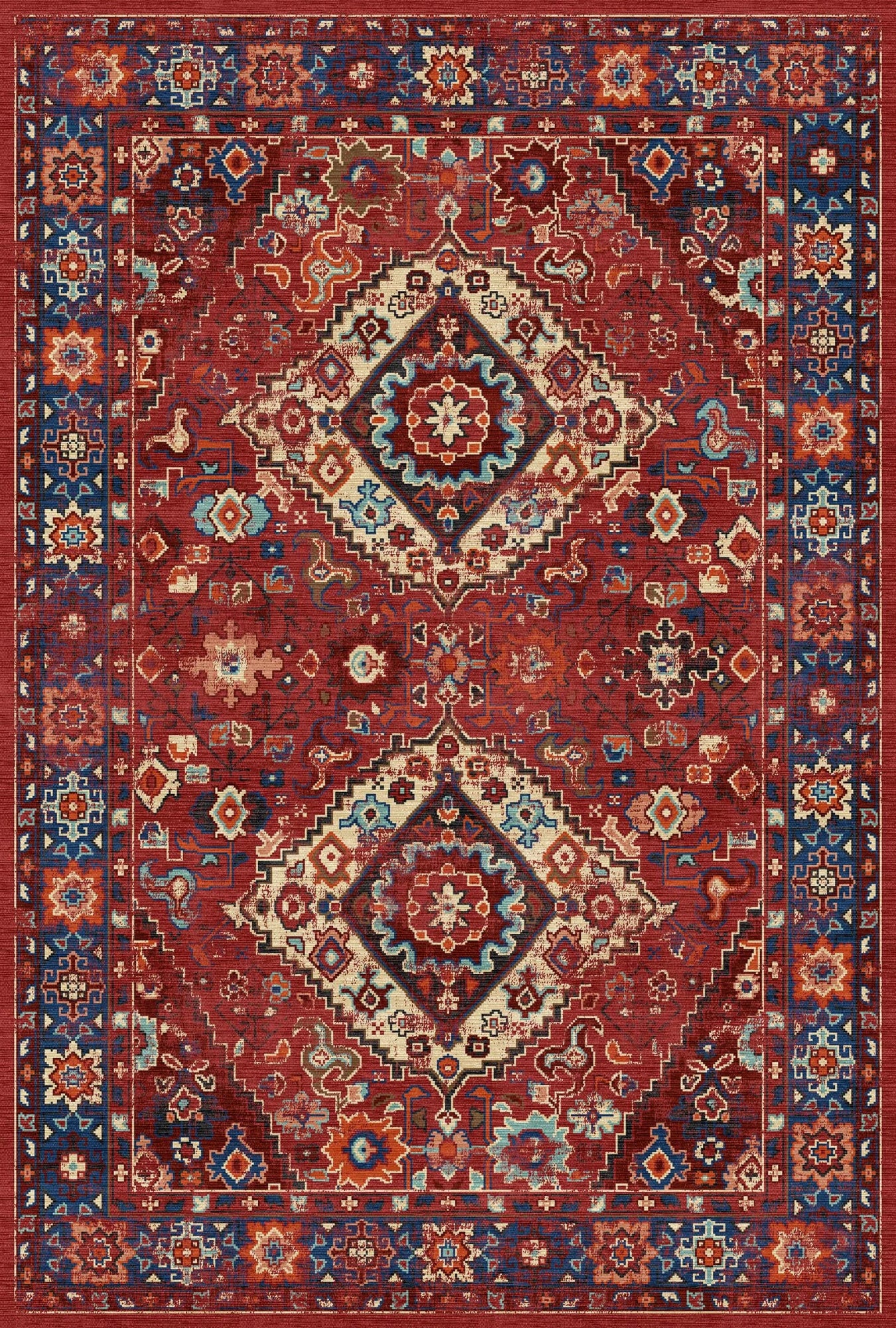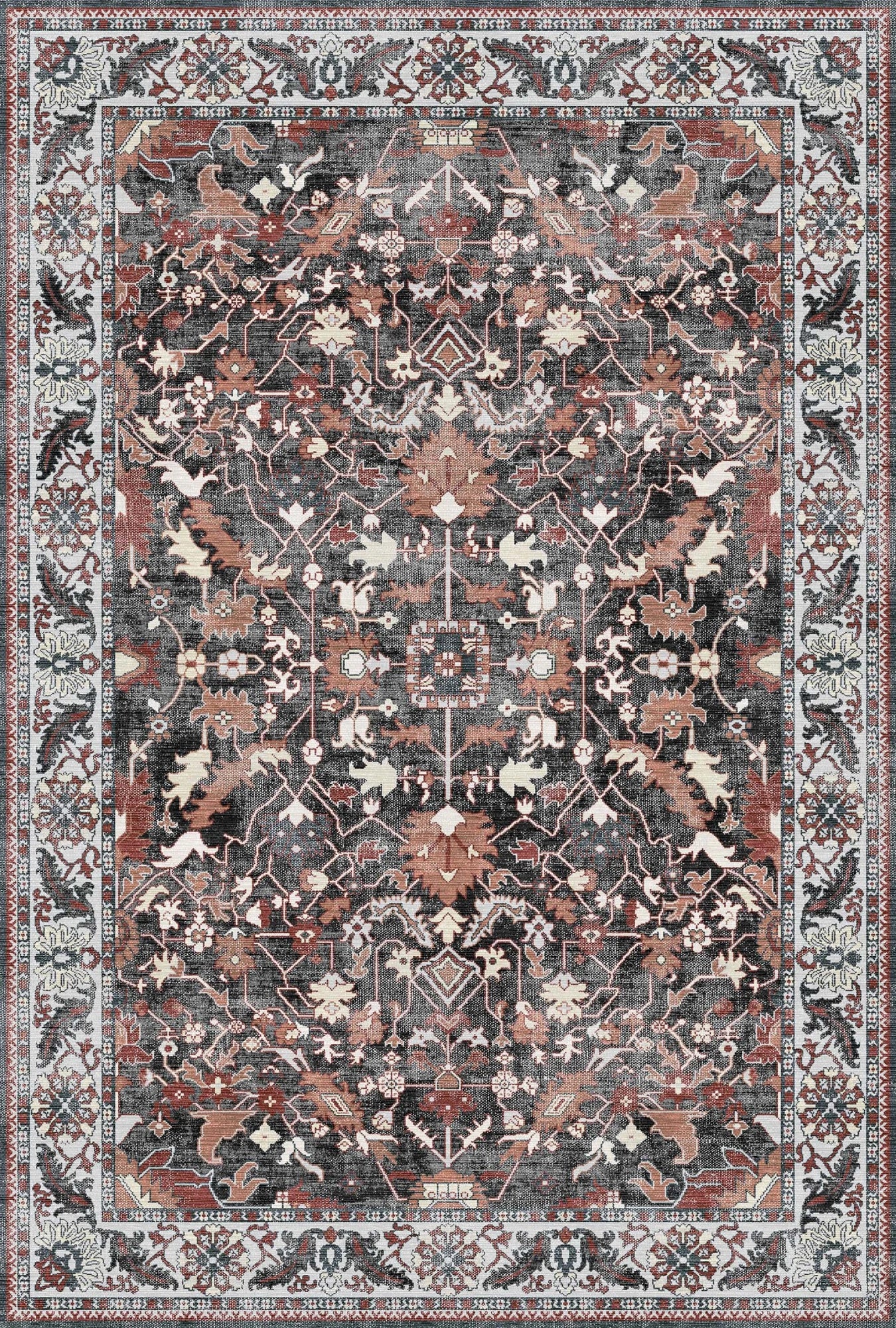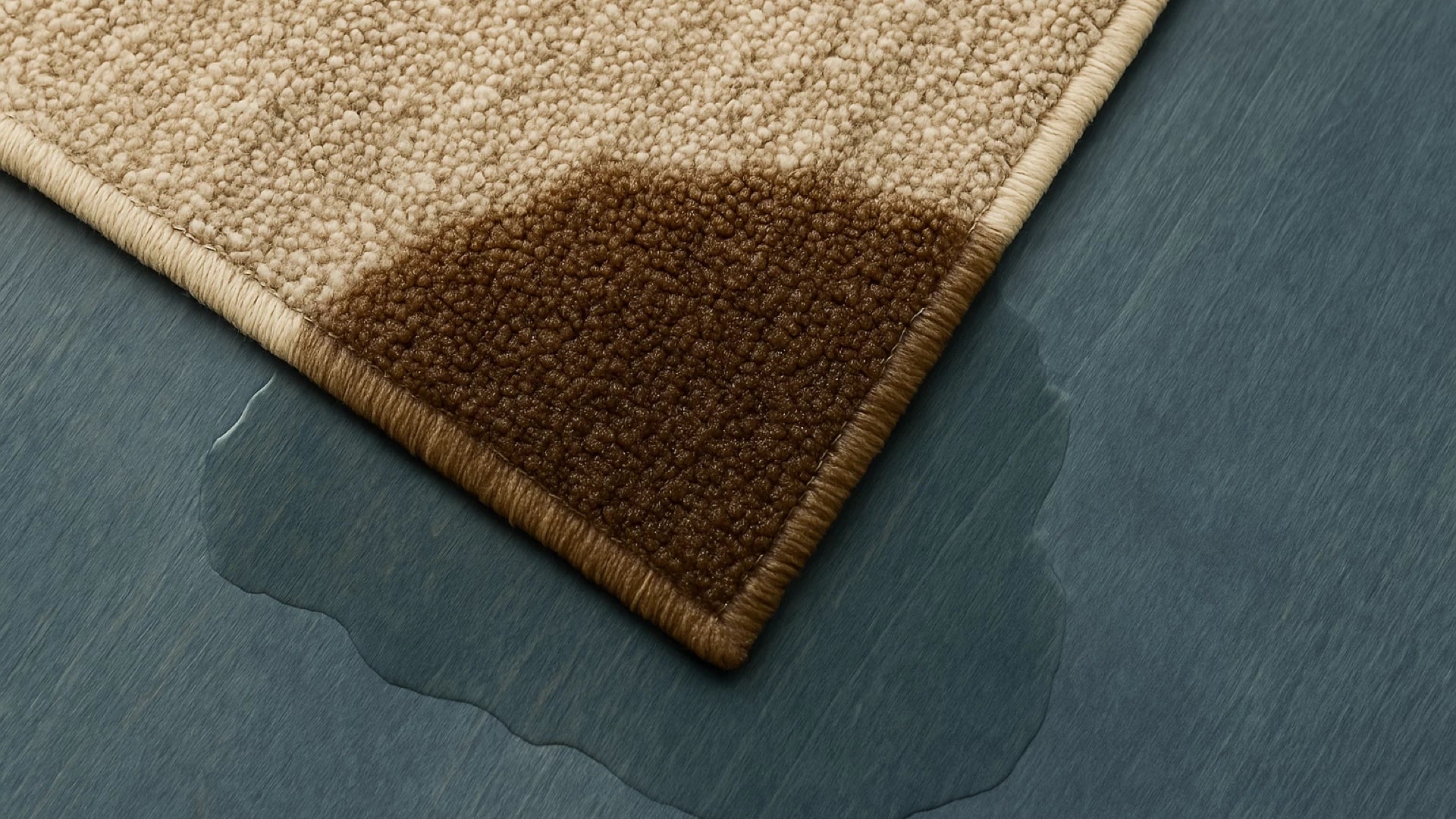
What to Do If Your Rug Gets Wet: Drying & Mold Prevention
Water and rugs are not the best of friends. Whether it’s a spill, a plumbing leak, a pet accident, or a flood, moisture can cause major issues in rugs—especially if not dealt with quickly. From unpleasant odors to dangerous mold growth and fiber damage, a wet rug can escalate from a small problem to a costly disaster. This guide walks you through exactly what to do if your rug gets wet, how to dry it safely, and how to prevent long-term damage like mold and mildew.
Why Acting Fast Is Critical
The longer moisture sits in a rug, the deeper it penetrates the fibers and backing. Within 24-48 hours, trapped water can lead to mold growth—especially in humid environments. Bacteria also begins to develop, producing odors and compromising your indoor air quality. Speed is key to protecting both your rug and your health.
Step-by-Step: Immediate Action Plan
1. Stop the Source
Before anything else, identify and stop the source of water—whether it’s a leaking pipe, overflowing sink, or pet accident. Prevent further soaking.
2. Remove the Rug from the Wet Area
If possible, take the rug outside or to a dry space. This keeps it from absorbing even more moisture from surrounding wet floors or furniture.
3. Blot Excess Water
Using clean, absorbent towels, gently blot the surface of the rug. Apply pressure to soak up as much water as possible. Avoid rubbing, which may damage fibers or spread dirt and dye.
4. Use Fans & Airflow
Lay the rug flat and set up fans to blow air across the surface. Position fans above and below the rug if possible, or elevate it using crates or chairs to promote airflow underneath. Open windows and run a dehumidifier to pull moisture out of the air.
5. Avoid Heat
Do not use hair dryers or heating elements like space heaters. Excessive heat can shrink certain rug fibers (especially wool) and distort the shape of the rug. Stick to cool airflow and time.
6. Flip the Rug & Repeat
Once the top feels dry, flip the rug over and allow the underside to air out as well. This prevents trapped moisture from developing into mold beneath the surface.
Dealing with Different Rug Types
Some rugs handle moisture better than others. Here’s what to watch for:
Wool Rugs
- Absorb and retain water easily.
- Must be dried thoroughly to prevent mold.
- Blot gently and air dry only—no heat.
Synthetic Rugs (Polypropylene, Nylon, Polyester)
- More water-resistant and faster to dry.
- Safe to rinse with clean water and dry with fans.
Jute, Sisal, and Natural Fiber Rugs
- Highly sensitive to water—prone to warping and staining.
- Spot cleaning only. If soaked, may not recover fully.
Silk Rugs
Extremely delicate. If your silk rug gets wet, blot lightly and contact a professional immediately. Avoid further handling to prevent dye bleeding and fiber distortion.
How to Prevent Mold Growth
Mold is one of the most dangerous risks of a wet rug. It can develop silently inside the backing or padding and become a health hazard. Here’s how to stop it:
- Dry the rug completely within 24 hours.
- Use a dehumidifier in the room for 2-3 days after drying.
- Disinfect with a 1:1 mixture of white vinegar and water if the rug had standing water on it.
- Inspect the underside of the rug regularly for musty smells, dark spots, or discoloration.
Odor Elimination
If your rug still smells musty even after drying, try these:
- Baking Soda: Sprinkle generously, let sit overnight, then vacuum.
- Vinegar Mist: Mix vinegar and water in a spray bottle and lightly mist. Allow to air dry fully.
- Charcoal Bags: Place nearby for a few days to absorb odors.
Cleaning After Drying
Once your rug is fully dry, consider giving it a gentle clean to restore its look and remove any lingering bacteria or stains:
- Vacuum to remove loosened dirt and dried debris.
- Spot clean with diluted dish soap if needed.
- Avoid oversaturating again—use damp cloths only.
When to Call in a Professional
If your rug was soaked in dirty water (from a flood or sewer backup), or has visible mold, it's safest to call a professional cleaner. They can use high-powered drying tools, antimicrobial treatments, and expert techniques to salvage the rug or advise on replacement.
What If the Rug Pad Got Wet?
Don’t forget the rug pad underneath. Many rug owners remove and dry the rug but forget the pad—leading to mold right under their feet.
- Remove and inspect the rug pad immediately.
- If it smells, shows black spots, or feels spongy—dispose of it.
- Foam pads typically do not recover well; felt pads may be salvageable if dried quickly.
How to Prevent Future Moisture Damage
While not all accidents can be avoided, you can make your rugs more resilient to water:
- Use washable or synthetic rugs in kitchens, bathrooms, and entryways.
- Use rug pads with moisture-resistant backings.
- Consider sealing basement floors or improving drainage if flooding is a concern.
Final Thoughts
Discovering your rug is wet can be stressful—but quick, calm action makes all the difference. The sooner you remove moisture and encourage airflow, the better your chances of salvaging your rug and preventing permanent damage. Always know your rug’s material, avoid heat, and watch for mold in the days following any soaking. With the right approach, even a drenched rug can dry out, refresh, and return to your room looking better than ever.
Looking for low-maintenance, water-friendly rugs? Explore Bella’s collection of washable and synthetic rugs designed to handle life’s messes beautifully.
